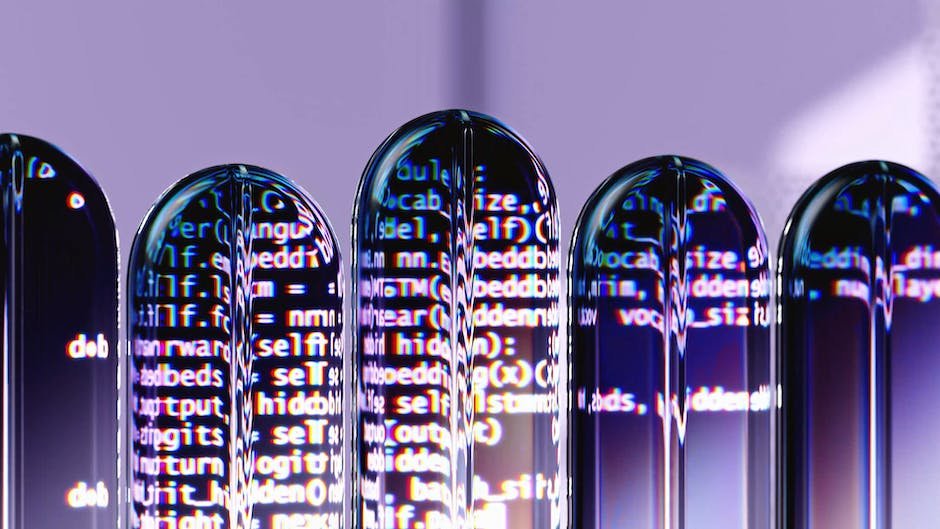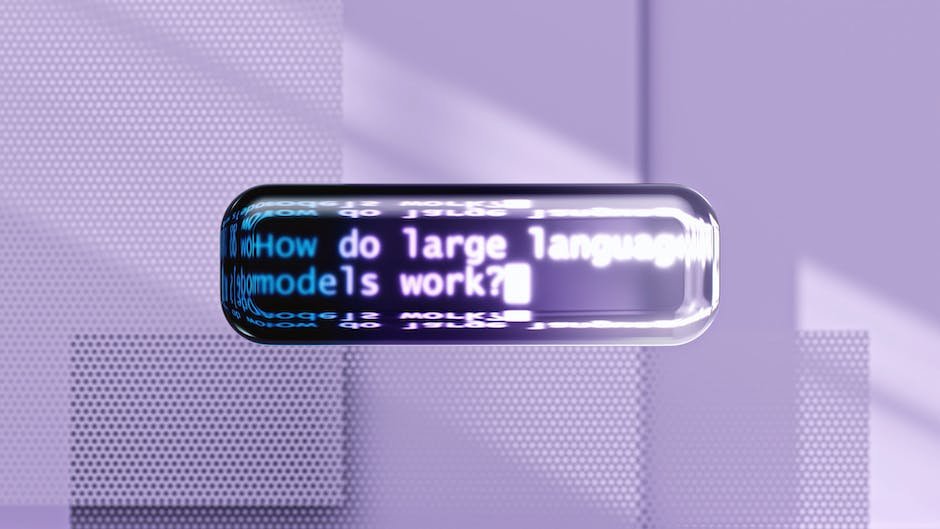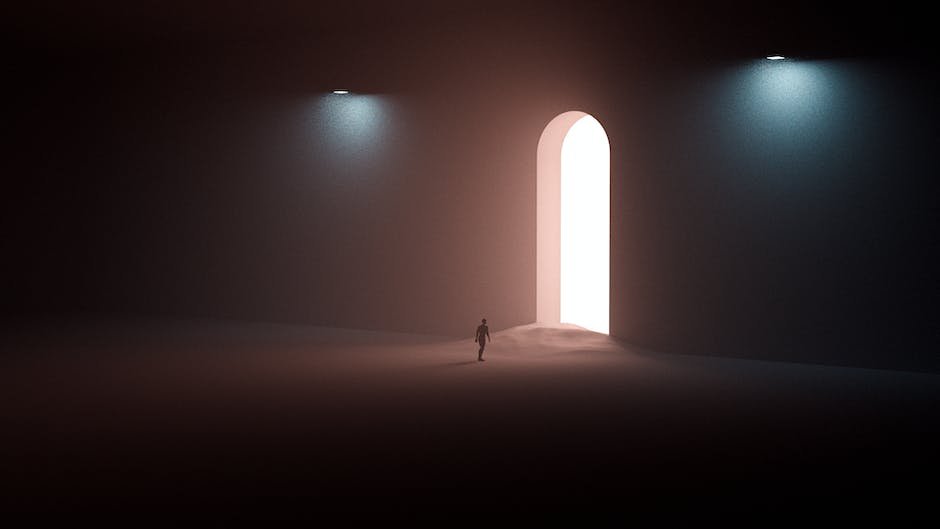In today’s technologically-driven society, Artificial Intelligence (AI) plays an indispensable role in steering the world towards progress and innovation. No longer an elusive concept in sci-fi lore, AI is now widely implemented in a range of applications, with AI image generation making a particularly remarkable impact. By harnessing machine learning, deep learning, and neural networks, AI image generation is engraving its futuristic imprint on industries far and wide. In this digital age, it is crucial for individuals to remain conversant with this rapidly advancing technology. What are the market leaders in AI image generation? How do they compare in terms of performance, usability, and unique features? What potential implications could this technology have on our society in the future? This essay aims to dissect the intricacies of AI image generation, providing a comprehensive understanding of its present and future impacts.
Understanding AI Image Generation
Unraveling AI Image Generation: Insights Into the Future of Visual Content
Artificial Intelligence, a term that once represented the epitome of futuristic tech, has now permeated every facet of our digital lives. One fascinating branch of AI that’s creating a tidal wave in the tech world is AI Image Generation. Think about scrolling down an online fashion catalog with models sporting the trendiest clothes. There’s a good chance those images weren’t shot in a high-end studio with supermodels, but created by AI. Sounds intriguing? Read on to scratch beneath the surface of this exciting technological advancement.
AI Image Generation is the process of using artificial intelligence algorithms to create images digitally without any human intervention. These aren’t simple, basic images, but oftentimes intricate, vivid, lifelike pictures that are almost indistinguishable from photographs. The AI can create anything, from people and animals to outdoor scenery, buildings, and much more, from its computational imagination.
But how does an AI accomplish this daunting task? Well, it all comes down to a special type of algorithm known as a Generative Adversarial Network (GAN). A brainchild of AI researchers, GANs consist of two neural networks, aptly named the generator and the discriminator. The two, quite like a pair of sparring partners, work together to craft realistic images – hence the term ‘adversarial.’
The generator kicks off the process by creating a random image from noise, also known as latent variables. This “pseudo-picture” is then fed to the discriminator, which compares this newly generated image with a dataset of real-life images. If the image is convincingly realistic, the discriminator approves; if not, it disapproves, and the generator goes back to the drawing board, tweaking and fine-tuning until it gets the green light.
This technology is becoming increasingly ubiquitous. Tech behemoths like Nvidia are pioneering the adoption of GANs, encouraging other players to join in strategic exploration. These propagating ventures are sure to usher in monumental changes in visual content consumption. From generating filler characters for video games, fashion catalogs, and architectural visualization to producing synthetic data for training other AI models, the potential use cases of AI Image Generation are nearly limitless.
In conclusion, AI Image Generation serves as a testament to the transformative power of technology – a technological marvel that combines cutting-edge algorithms and sophisticated AI techniques to generate stunning, realistic images. As we push deeper into the digital age, this technology continues to evolve, implying a future where our digital spaces might look vastly different, with digitally crafted visuals taking center stage. Then again, who said the future isn’t already here?

The Market Leaders in AI Image Generation
In the thrilling realm of AI image generators, several trailblazers have marked their territory, offering an array of exceptional features to not only simplify but also revolutionize the digital space that we currently engage with. The following are several of the top AI image generators available today:
- First on the list is Artbreeder. Known for its blending capabilities, Artbreeder allows users to combine several images or adjust sliders to achieve a desirable result—with AI filling in the gaps. Particularily appreciated by artists and designers seeking inspiration or quick concept art, Artbreeder provides an innovative approach to morphing images.
- Next is DeepArt, famously synonymous with ‘turns your photos into art.’ Drawing inspiration from a desired image, DeepArt uses style transfer technology to morph your photo into a piece of art reminiscent of great artists like van Gogh or Picasso. Its ability to convert photos into art has made it extremely popular within the realm of AI image generators.
- Next is Runway ML, a tool attractive to both beginners and experienced technophiles in graphics. It can edit, stylize, simulate, and transfer images. With support for video and text tasks, Runway ML offers more than just an image generating capability—it’s a complete creative suite for AI-based tasks.
- AI Painter also deserves an honorable mention. Adopting a fun take, the AI Painter turns doodles into stunning art pieces. It’s a tool that works perfectly for creatives wishing to transform their rough sketches into fine digital paintings.
- Lastly, DeepDream Generator stands out with its impressive feature that allows users to create mesmerizing dream-like artwork based on Google’s DeepDream software. It gained a substantial following due to its intriguing psychedelic outputs.
Before we wrap up, it is prudent to note platforms like DAZ 3D and Humaaans, offering spectacular experiences in 3D modeling and human figure customization respectively. These tools provide advanced realms for artists to dabble in, further stretching the boundaries of AI image generation.
With advancements in AI and machine learning, these image generators are transforming the concept of digital creation and rendering. Nurturing innovation, fostering automation, and simplifying tasks—an exciting future lies ahead in the field of AI image generation. Indubitably, these AI image generators are a testament to the digital revolution we’re currently amid. The technological march persists, promising more marvels yet to be explored.

Comparing AI image generators
AI image generators have sparked a creative revolution in the digital world.
Central to this progression is the exciting comparison between different AI image generators. Comparing how these cutting-edge tools perform is pivotal to understanding the current state of this exciting technology. Let’s dive into an evaluation.
Particles of Artbreeder, a multifaceted image creator, are sure to pique the interest of many. Its unique capability of blending and morphing images pushes the boundaries of creativity. However, it is worth noting the breadth of results can be, at times, too diverse, risking confusion in the result.
Then there’s DeepArt, with its rather impressive transformational power. Using style transfer technology, it converts photos into artworks. The seamless transition from the original to the stylized image stands as a testament to the AI’s prowess. Some may argue that this process sometimes leaves behind the finer details of the image.
Runway ML delivers wide-ranging functionality, from editing and stylizing to simulating and transferring images while offering support for video and text tasks. Even with its versatile capacities, some may find limitations with customizability and freedom, depending on the task at hand.
AI Painter delightfully converts simple doodles into comprehensive digital paintings. Despite its charm, there’s a consensus that it needs more flexibility in controlling the outcome details.
DeepDream Generator takes us on a surreal journey, creating dream-like artworks using DeepDream software. However, the emphasis on intricate patterns and extreme details can sometimes result in visually overwhelming outputs.
In the realm of three-dimensional modeling, DAZ 3D has carved its own niche. It allows intricate and thorough manipulation of 3D models. Yet, it can be quite demanding on computational resources and might not suit everyone’s technological setup.
Humaaans contributes its own flavor to this innovative mix by allowing the customization of human figures. This is a fun and engaging platform, but might be considered less of a ‘serious tool’.
Is one AI image generator superior to others? The answer largely depends on the user’s objectives and their subjective taste in aesthetics. Each tool boasts distinct advantages and challenges. Some offer striking versatility, while others charm with their unique features.
The advancements in AI and machine learning have been notable driving forces behind the improvement in image generation. However, it’s important to remember that these tools are evolving. As technology continues to advance at an unprecedented pace, what the future holds for AI image generation is indeed promising. We can expect to see an increasing impact on digital creation and rendering, steering us further into the age of automation and digital art revolution.
So, while we journey into this future together, let’s remember to enjoy the progress. After all, this technology amalgamates science and art, two fields that have shaped humanity since its inception, and it indeed feels thrilling to witness and be part of this revolutionary tide.

Future of AI Image Generators
In taking the conversation further, we’ll delve into integral enhancements on the horizon for AI image generation and their possible implications. As we devote more resources and time, we expect the accuracy of AI image generation to skyrocket. This upsurge will lead to outputs indistinguishable from human-made ones, pushing AI to the brink of perfect realism.
Advances in granular controls offer noteworthy mention. In the future, we predict that users will have precise control over the AI’s operations. This encompasses control over every pixel, allowing artists and designers unparalleled influence over their final product. A pen stroke may command the AI to draw not just a tree, but a gnarled oak with moss. Minute details will be at the creator’s fingertips, opening a universe of possibilities.
Understand that AI enhancements never operate in isolation. As AI image generation evolves, we anticipate simultaneous advancements in hardware technology, like GPUs. More powerful hardware will accommodate the increasing complexity of these AI models, enabling quicker generation, editing, and rendering of high-resolution images. This synergy promises to dissolve time constraints and streamline the workflow of digital creators.
Then, there’s the progression of machine learning towards enabling AI to capture and understand the context. Future AI models could interpret a simple sketch and fill in plausible details, like shadows, reflections, and perspective, with an understanding of physics and light. The AI could correctly infer time of day, geographical location, weather, and more, enriching the image with contextual accuracy.
Let’s also consider the convergence of AI image generation with augmented and virtual reality. The sophistication of these technologies could create dynamically changing environments rendered in real-time through AI. This potential breakthrough gives rise to exciting applications such as interactive, AI-generated storylines in virtual gaming or personalized shopping experiences in augmented reality.
Closer to home, deepfake technology, a branch of AI image generation, has been divisive due to its potential misuse. However, its accurate image and video manipulation skills hint at invaluable use. Imagine movie production without the need for expensive sets, costumes, or even actors, AI could generate these elements on demand. It can revolutionize industries and reshape economies.
Lastly, there’s the question of ethics. As AI-generated images grow indistinguishable from reality, it becomes crucial to acknowledge and address the ethical ambiguities. Defining rules for usage, deterring misuse, and respecting copyright will form an essential part of this technology’s journey.
The landscape of AI image generation is forested with promise and possibilities. Like all innovations, it requires our responsible engagement and a keen eye for untapped potential. As we continue to harness this tool and bring it more in line with human artistry and ingenuity, one can’t help but revel in the road ahead. The future? It’s being generated.

As we delve deeper into the age of automation, the world of AI image generation will continue to evolve and inspire awe. The market leaders are delivering robust and pioneering solutions, pushing the boundaries of innovation. The comparative analysis serves as an indomitable guide, highlighting both the powerhouses of today and the promising disruptors of tomorrow. The intriguing exploration of AI’s future implications helps us to recognize its potential for socio-economic transformation, while also reminding us of the need for careful and conscientious implementation. As emerging technologies such as AI image generation continue to reshape our world, it is of paramount importance to remain well-informed and adaptable in the face of change.



